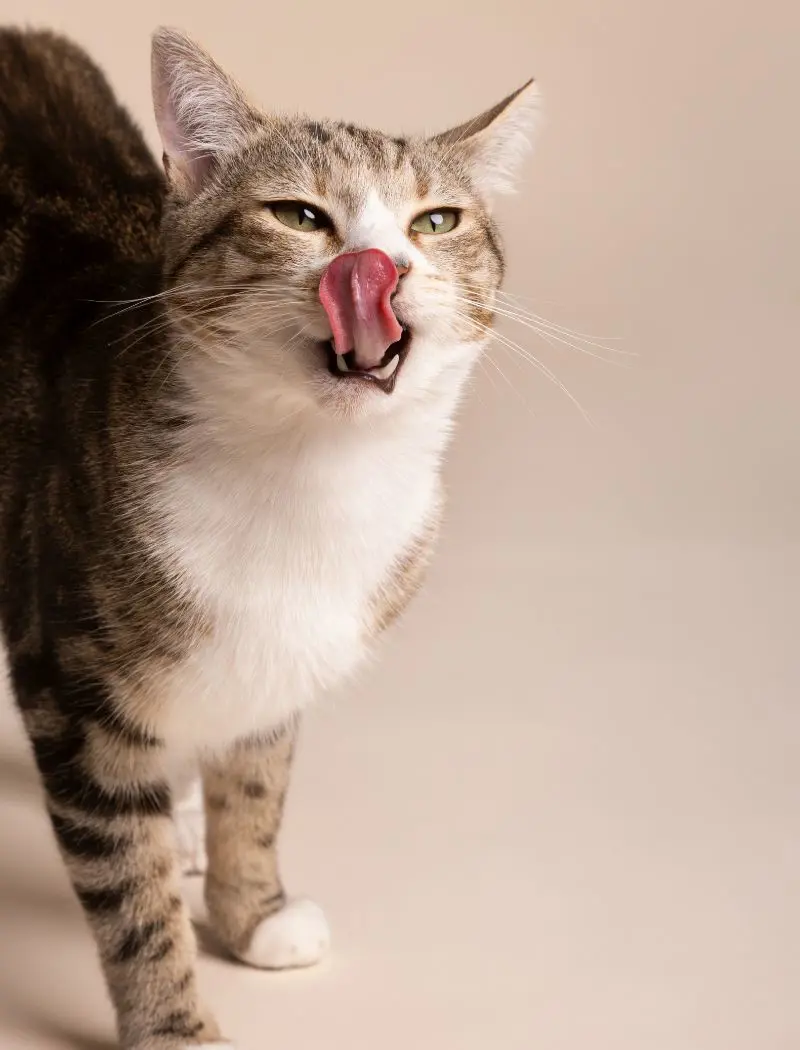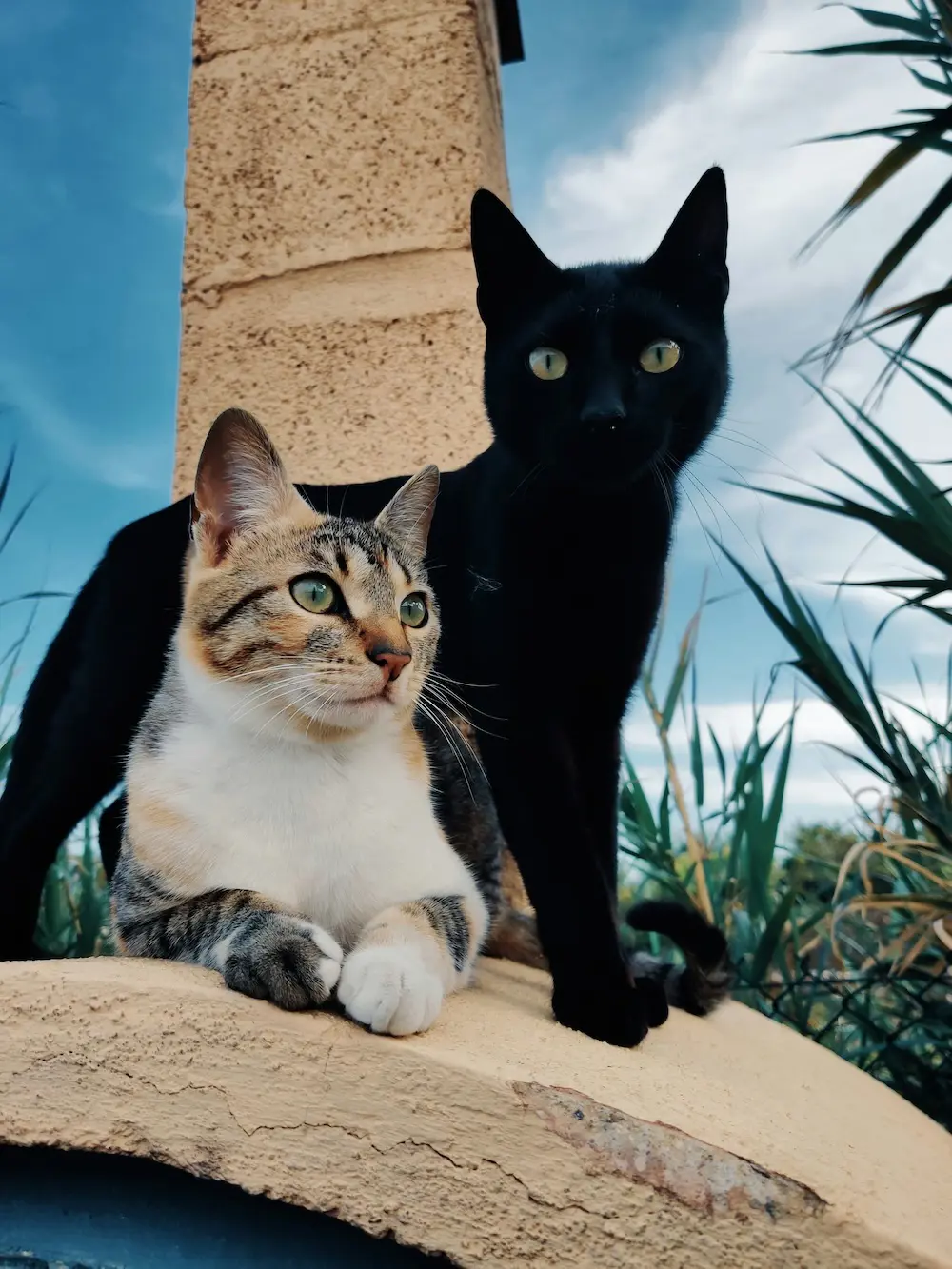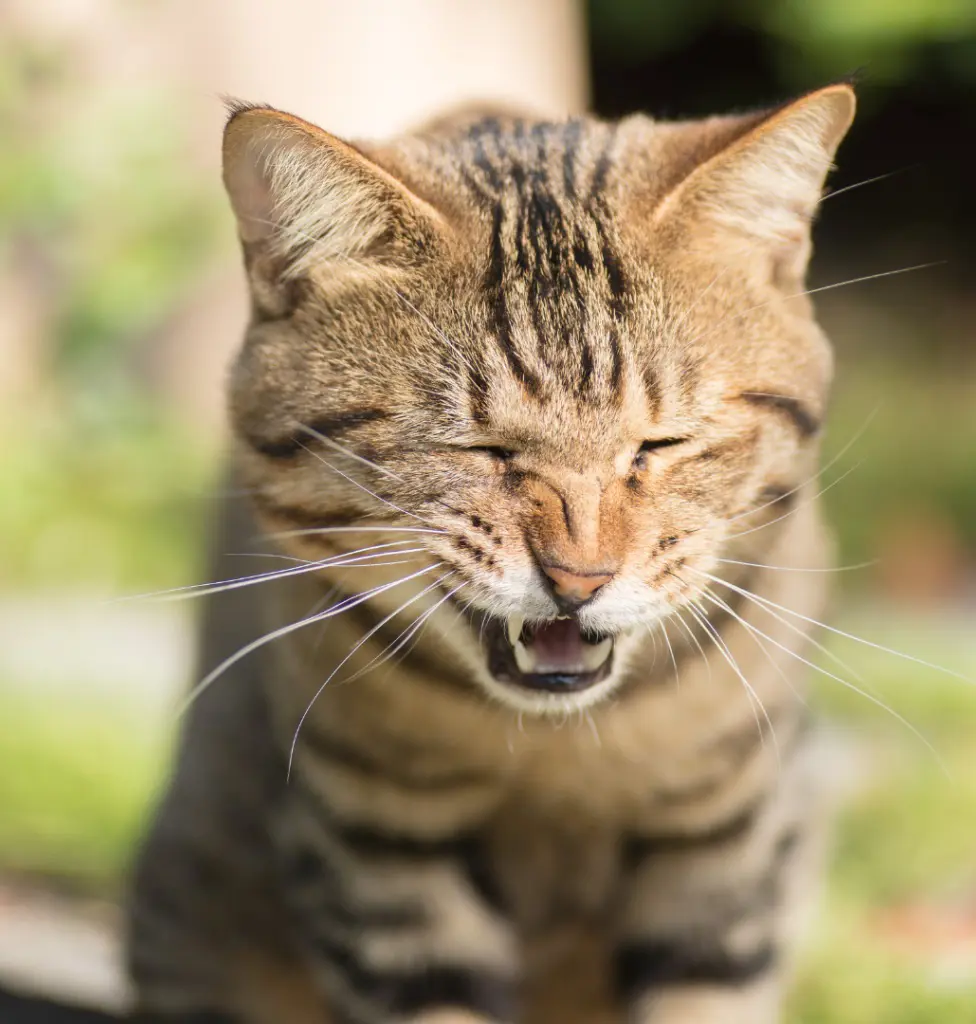15 Ways To Introduce Your Cats Properly
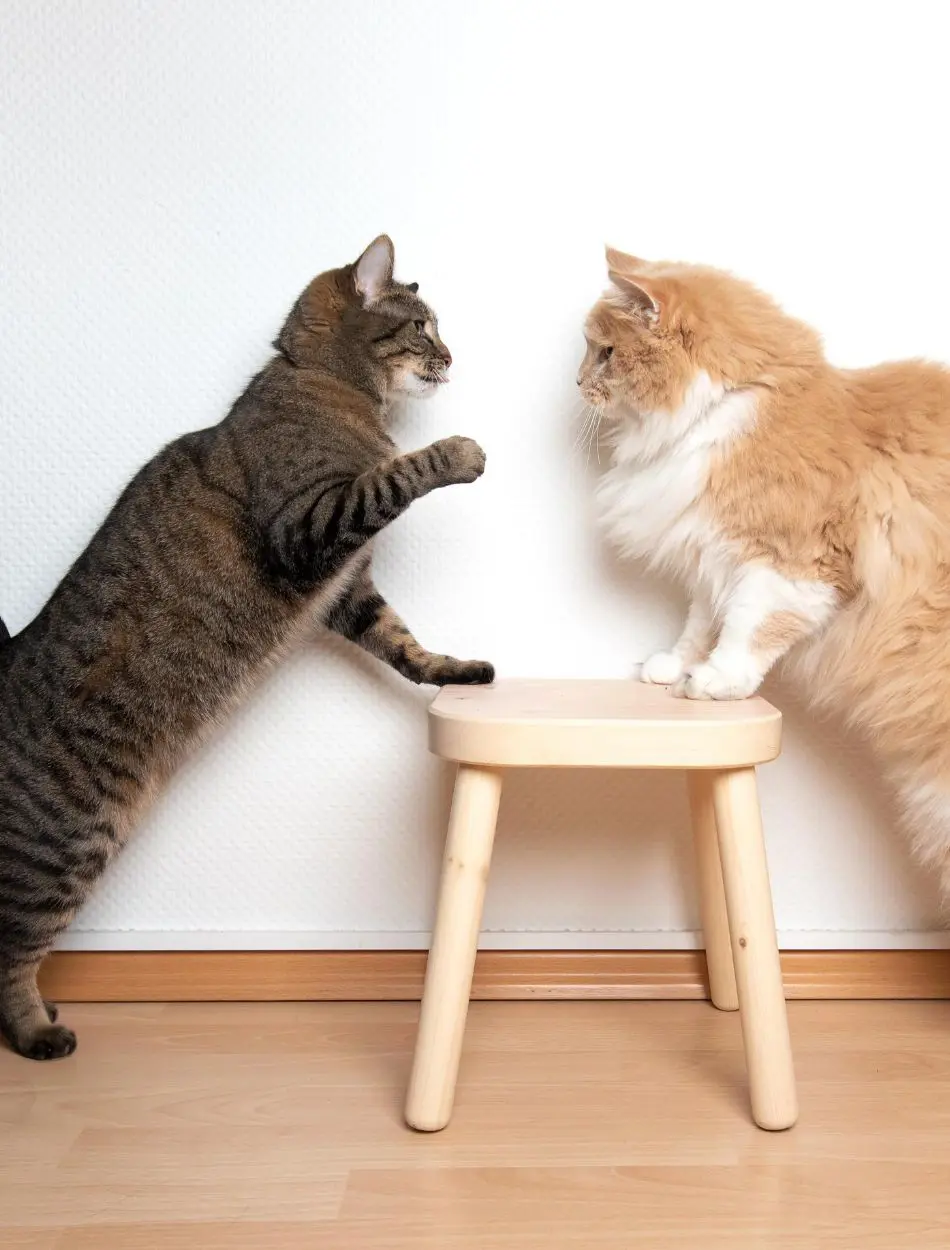
Adding another cat to your household can be a whole excitement, but it may also become an anxiety-ridden experience, especially if you already have another feline companion in the house.
Cats are territorial by nature, and being prematurely introduced to each other is sure to create stress, anxiety, or aggression but with care regarding planning and patience, one can create a comfortable environment where both cats will feel their space is secure.
In this article, we discuss 15 quick ways of proper cat introductions you can use to set the stage for peaceful and positive relationships between your furry friends.
1. Understand Each Cat’s Personality
Before letting your cats meet, take some time to understand each cat's nature, disposition, and previous experiences with other animals. Naturally, some cats are more social and tolerant, whereas others might be more territorial or anxious.
This will help you plan a fitting method of introducing them to each other. For example, a shy or anxious cat will need more time and gentler approaches compared to a bold and outgoing cat. This helps in understanding their personalities and anticipating conflicts that may arise, thereby addressing them proactively.
2. Separate Space for Each Cat
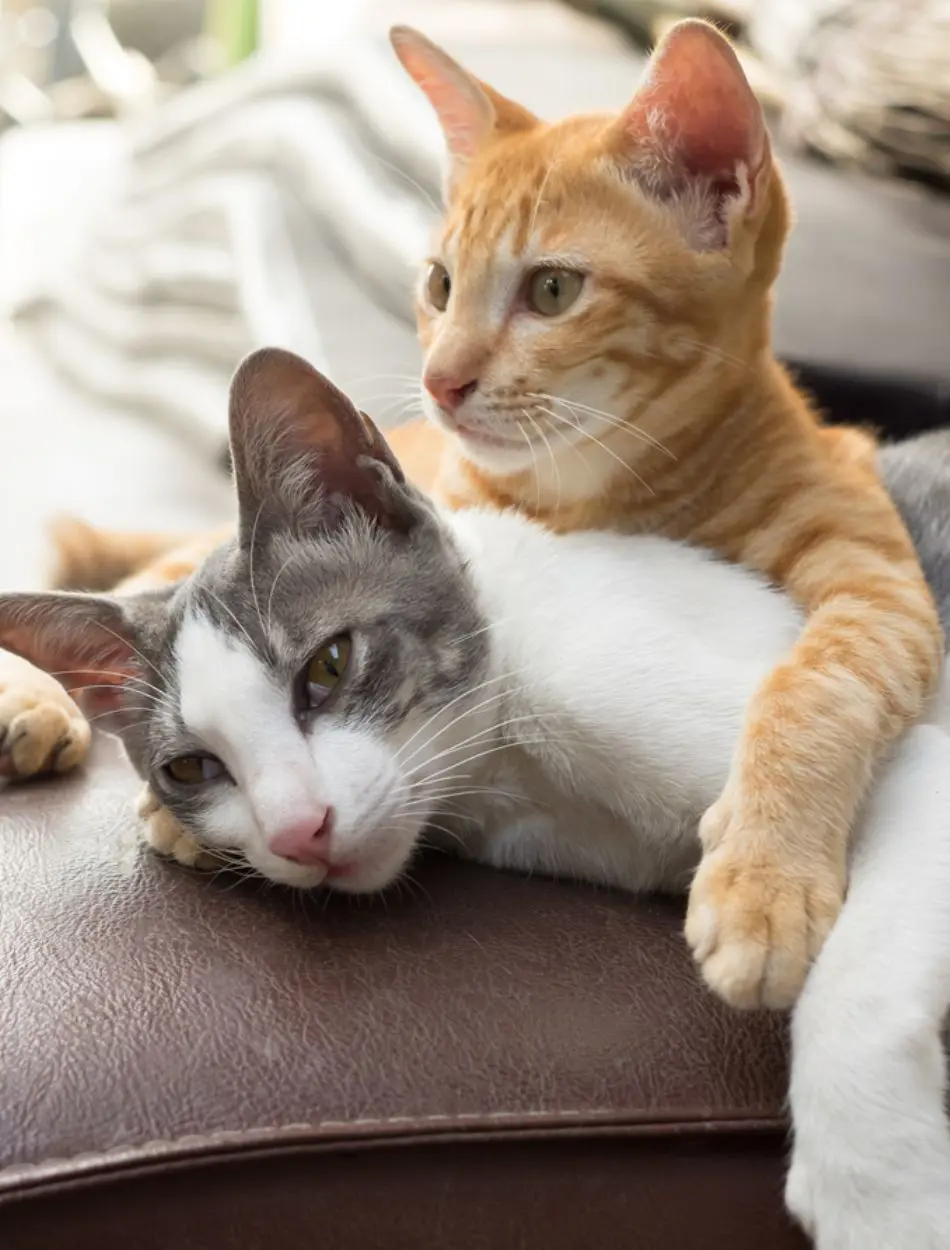
First, temporarily set up separate rooms to make them feel secure. In each room, one cat should be prepared with all the essential resources: food, water, a litter box, and a resting place.
The separation lessens the immediate stress of invaded territory and provides a chance for both cats to become accustomed to each other's presence in their own time. Make these areas out of bounds for the other cat initially so that each may respect a place of privacy.
3. Scent Swapping to Build Familiarity
Cats rely a great deal on scent to recognize and understand their environment. Start the introduction by changing bedding, toys, or even gently rubbing a cloth on each cat and placing it in the other's space.
This allows them to get used to the other cat's scent without directly interacting, hence less novelty means less stress when they do finally meet. In this way, they may become comfortable with the other's presence indirectly through scent swapping.
4. Use Visual Barriers
Once the cats are comfortable with the scents being swapped, then it is time for them to visually meet through barriers: baby gates or cracked doors. This provides a method for the cats to see one another.
Visual introductions merely serve to get your cats used to each other's presence in a more controlled manner, helping them become observant of one another and measure their reactions without the weight of immediate physical contact.
5. Slowly Allow Cats to See Each Other
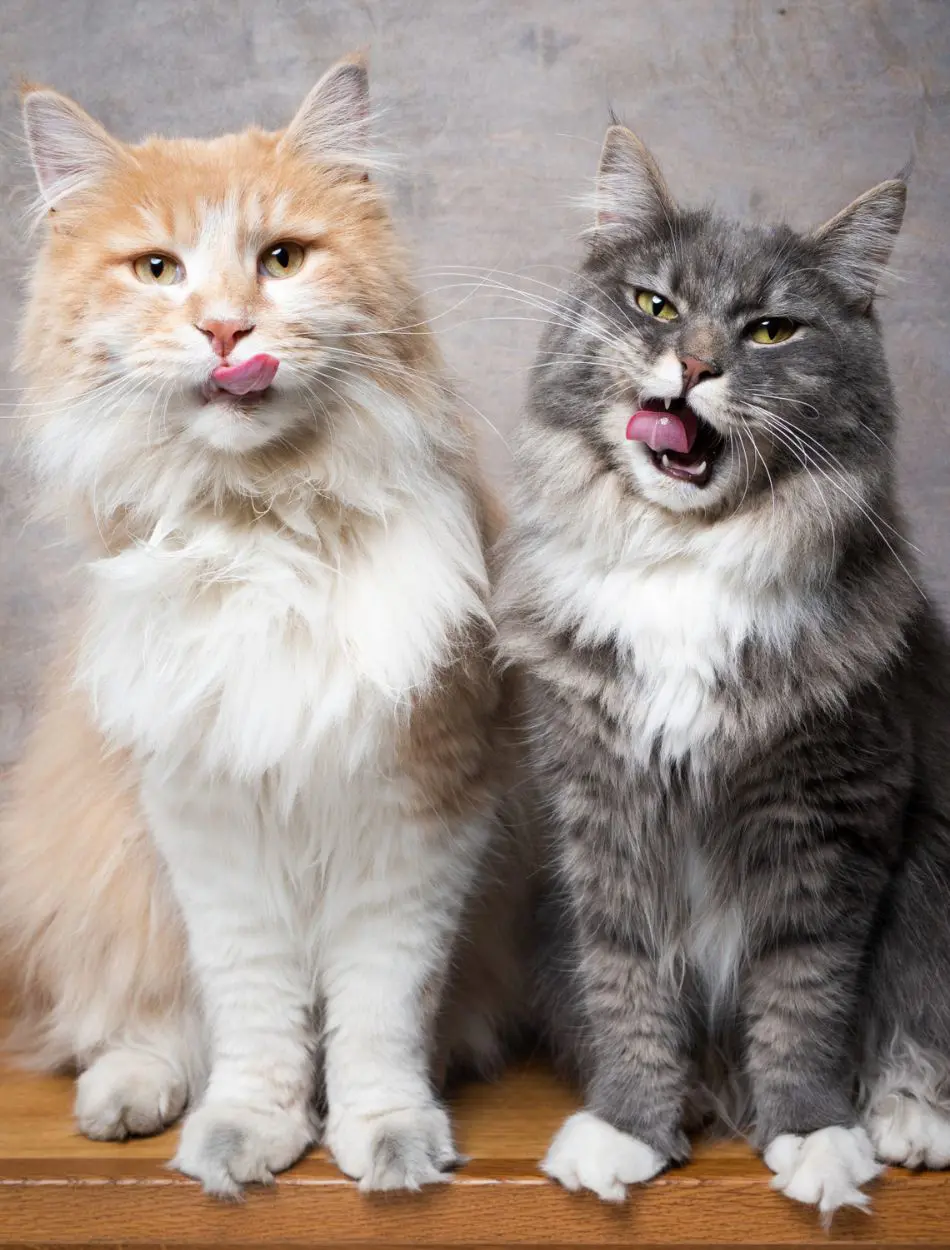
Gradually progress from visual barriers to direct sight by allowing them to briefly glimpse each other under supervision through safe methods such as glass doors or screens.
Continue these brief, positive sessions, lengthening the time as the cats become more comfortable because this will help minimize initial excitements or fears since the other cat's presence becomes routine in their environment.
6. Supervised Short Sessions
It is important that, when introducing these two cats to each other, the sessions start out short and supervised so as to ensure the best foot toward their interaction. The first few meetings should be very brief, only a few minutes, simply to allow the cats to see each other and get used to one another.
Observe their behavior during these sessions for any signs of stress or aggression, such as hissing, growling, or raised fur.
The length of these sessions can be gradually increased as cats become more comfortable with one another. These supervised short sessions can be extended gradually in time as they get used to each other and thus lay a foundation for a harmonious and peaceful relationship between the cats.
7. Reward Positive Behavior with Treats and Praise

When introducing your cats to each other, rewards with treats and praise upon displaying positive behavior go a long way in laying the ground for a friendly peaceful relationship. It is in the nature of cats to thrive on positive reinforcement, so once they either act calmly or display friendly behaviors.
This will help them associate the presence of the other cat with a very positive outcome, so in the future, interactions will go smoothly. This positive reinforcement has the effect of reducing his anxiety and tension over time, further endowing him with the idea that the proximity of the other cat is a good thing.
Allow yourself time to be patient and fit the rewards to what your cat likes, so it remains positive for them both.
8. Pheromone Diffusers to Reduce Stress
One of the best ways to reduce stress during the introduction of cats to one another is by using pheromone diffusers. These diffusers emit synthetic versions of the natural calming pheromones cats create, thus creating an easing atmosphere of tension during introductions.
You can place these diffusers in areas where your cats will be going and reduce their anxiety level by a significant amount, making them more accepting of the presence of another cat.
These diffusers are certainly most helpful during the early stages of the process when the levels of stress and uncertainty are the highest. They build up a sense of security and familiarity in which your cats are better able to stay calm and relaxed.
9. Provide Multiple Resources
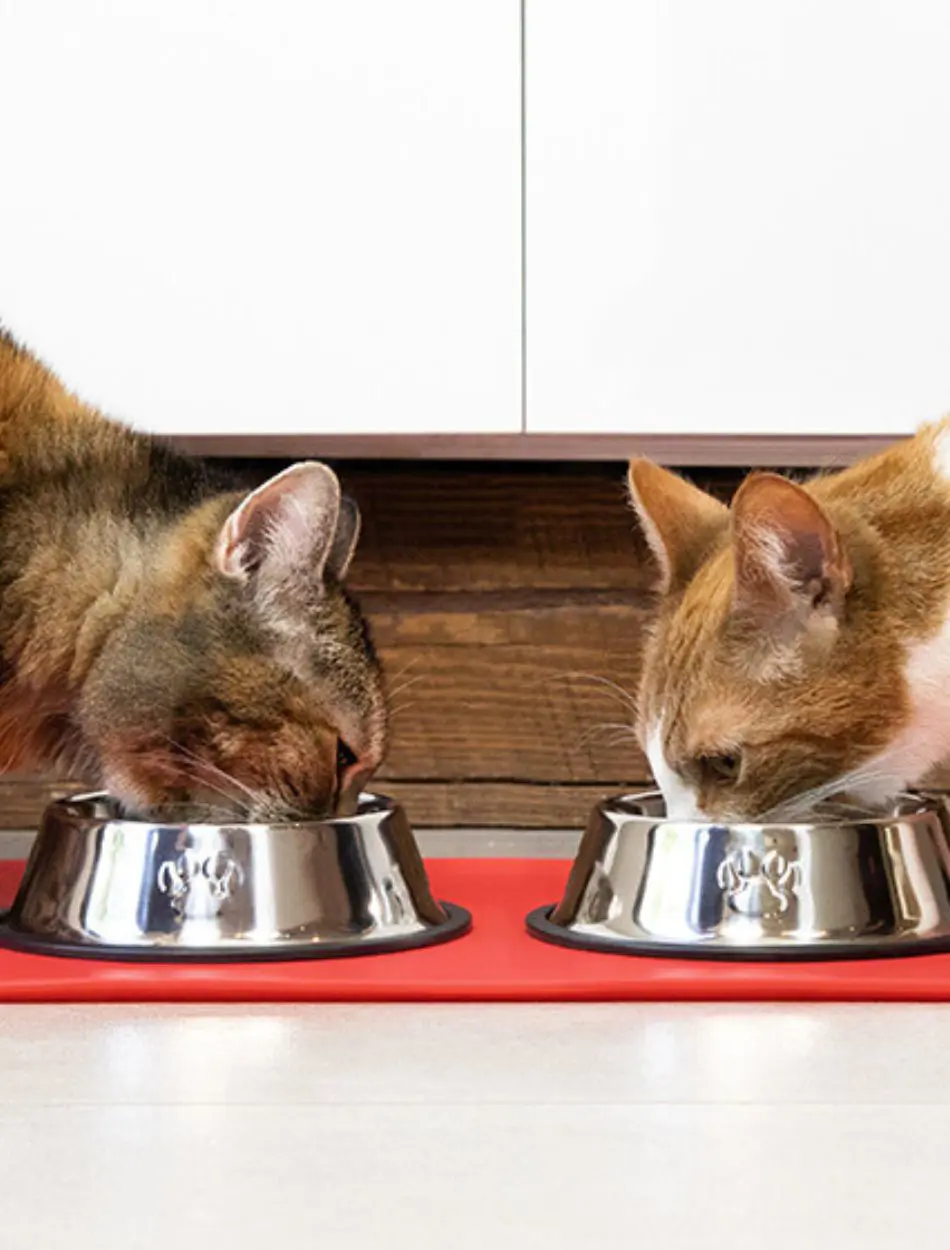
Feeding is a critical daily routine that you can manipulate to your advantage in infusing positive associations among cats. By feeding at the same time yet in different areas, you give your cats an opportunity to have their meals comfortably without feeling vulnerable because of the presence of the other cat.
Start by placing their food bowls in separate rooms, or on opposite sides of a barrier such as a closed door or baby gate. As they gain more confidence and become more comfortable, you can begin to bring the bowls closer together over time while keeping them out of harm's way.
This method will reinforce not only a positive relationship but also let your cats know that good things happen when the other cat is around.
10. Don’t Force Interactions
You mustn't automatically force them to be in contact with each other during the introduction process and let them to freely approach each other. You do not want them to feel overwhelmed with such a meeting, because your felines will learn very quickly to associate his or her presence with horrible experiences.
If you allow your cats to investigate each other's scents and environments without eye-to-eye contact, then they will gradually become more familiar with the presence of the other cat in a very non threatening manner.
The introduction will run way more smoothly and be successful if you are patient enough to respect their comfort levels and let them take their own pace.
11. Observe Body Language Closely
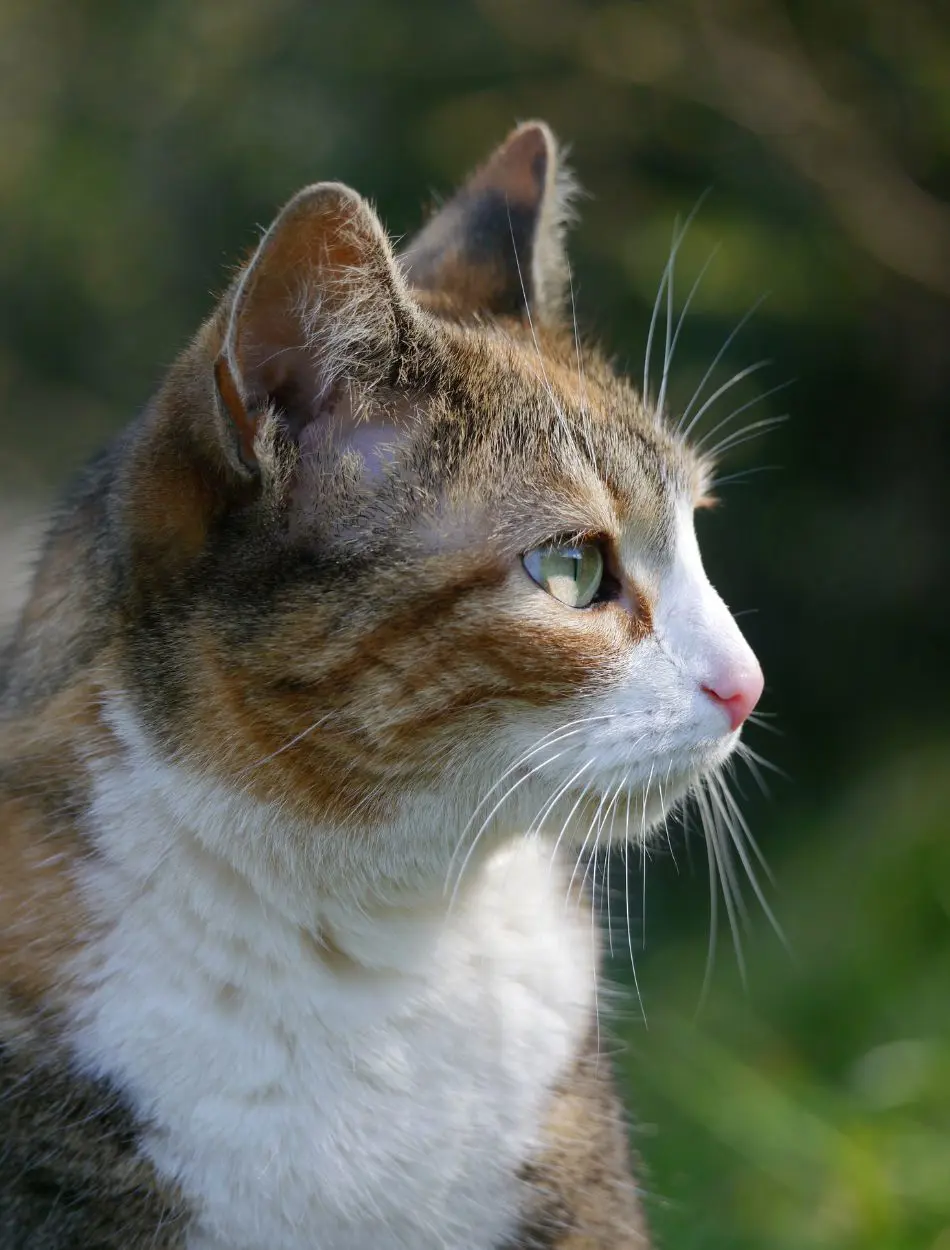
Watch each cat's body language during intros like hissing, growling, flattened ears, or puffed-up fur. The sooner you recognize these signals, the sooner you can take action and avoid an escalation of hostilities.
This will provide a way for you to understand how they feel and are reacting towards each other. This attention to the cues allows you to take the earliest opportunity to intervene should tensions arise by separating the cats or redirecting them to attention with a toy or treat.
By watching for body language closely, you will be able to make sure that the cats move along in the introduction at a pace with which both cats are comfortable.
12. Gradually Increase Interaction Time
Gradually increasing the time spent in interaction is one of the major steps toward successfully introducing cats to each other. Allow them to start with short, controlled sessions in which they can see and smell each other but not directly interact with each other using barriers such as baby gates or closed doors.
If they seem at ease and show good body language, such as loose postures and slow blinking, then begin with a few more seconds in the duration. You should be able to gradually increase the duration and let them meet face-to-face under supervision.
By increasing gradually the time spent together, you allow your cats to come around to trusting and getting to know each other at a comfortable pace, leading to a smoother introduction.
13. Addressing Aggression and Redirecting Energy
Aggression during the introduction process is not uncommon; however, one needs to learn how to nip it in the bud before it spirals out of control. When hissing, growling, or swatting becomes evident, you will want to take calm action and separate the cats before that sort of behavior escalates.
Give each cat his area and make sure they have plenty of mental and physical stimulation to avoid boredom or frustration, which can lead to aggression. If the aggression continues, one may have to go backward in the introduction process and give a bit more time to the exchanging of scents and gradual reintroductions.
Patience will be required; hurrying may lead to more conflicts and make it even more difficult for the cats to begin liking each other. At the same time, however, one may also have to try a veterinary or animal behaviorist consultation when all else fails.
14. Introducing Cats of Different Temperaments
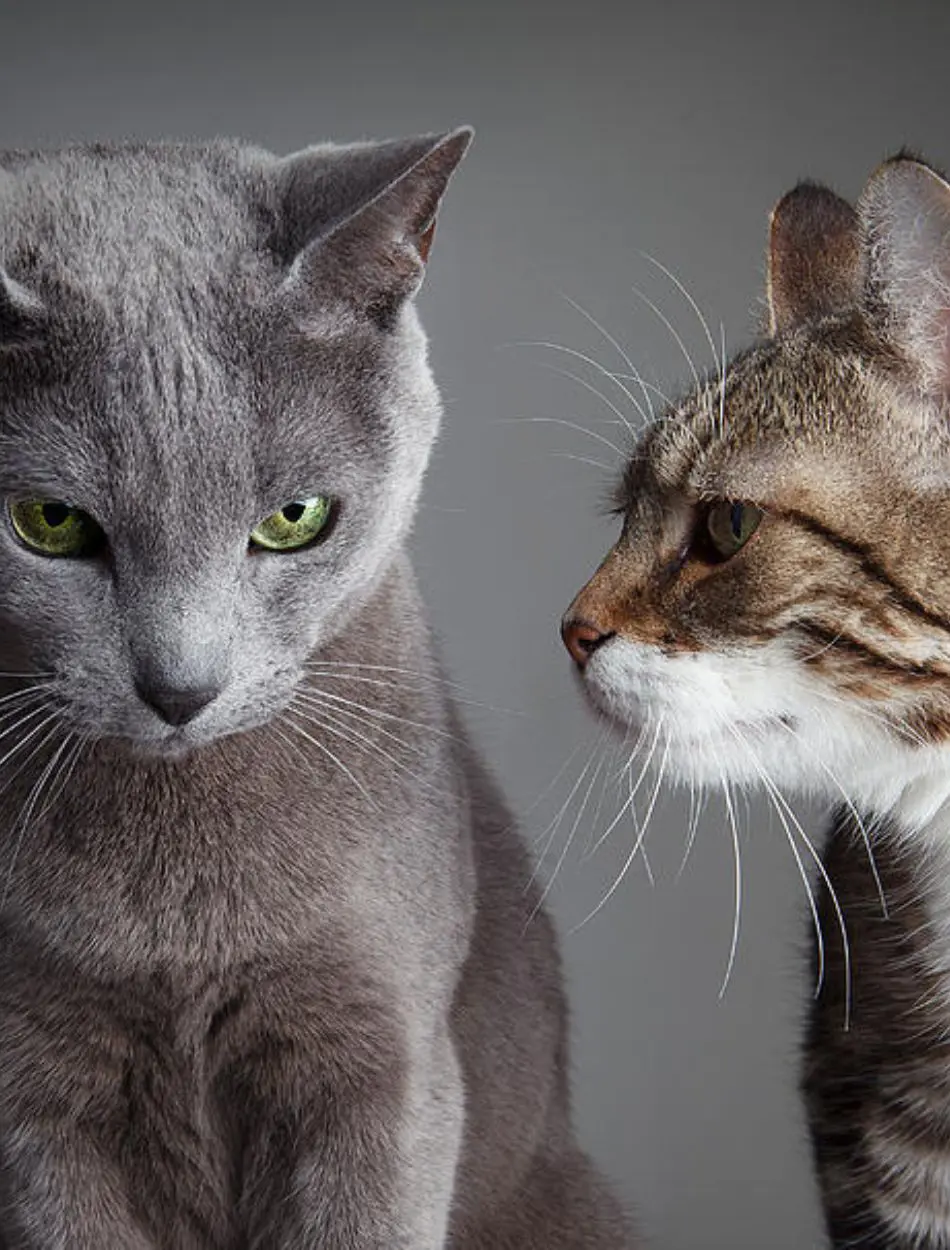
With introducing different-temperament cats, one will need to make some adjustments based on the needs of each cat. For instance, the shy or timid cat needs much time to acclimatize to a new environment and be at ease with the dominant and energetic partner. The shy cat needs to be given as many places to hide and retreat into where they could go if overwhelmed.
Conversely, a much more confident or curious cat should be restrained gently so that the other cat is not overwhelmed by its exuberance. Gradually increase the time spent by the cats together while closely monitoring their interaction which will make them learn to coexist peacefully.
15. Routine in Cat Introductions
A regular routine within the process of introduction will make your cats feel secure and stable, a very important factor in reducing stress and encouraging good relations. Cats do much better with routines, and changes in the environment or schedule do tend to make them anxious.
Feeding, playing with, and allowing your cats to interact at the same times every day creates predictability that cats are at ease. This must be continued into the introduction process itself as frequent positive interactions will help the cats become more comfortable.
This helps the cats stay in trust and builds on the reality that the presence of the other cat is part of their normal life and poses no threat.
Recent posts
Cats
Why Is My Cat Not Drinking Water
Cats are notoriously finicky when it comes to water consumption, and it's natural to worry if your canine companion isn't drinking as much as you expect. From environmental preference to a simple behavioral quirk, many factors can contribute to the c...
Why Is My Cat Nose Wet?
If you have a pet cat, you might have noticed their wet nose and wondered why my cat's nose is wet. Does a cat's wet nose signify something or is it very normal? these questions might have popped up in your head at least once. It is normal for ...
18 Reasons Why Your Cat Is Snoring
While it may seem cute or amusing, snoring in cats can also be an indication of several underlying health problems that pet owners need to know about. Some light snoring is typical for certain cats, however steady or noisy wheezing could demonstrate ...
15 Hypoallergenic Cat Breeds
People are often more allergic to cats than to dogs. Unlike dogs, cat allergies are caused by the proteins found in their saliva, skin, and dander rather than fur. All cats inherently produce allergens, so no cat is truly hypoallergenic. However, som...
17 Common Causes Of Cat Sneezing
While your cat's occasional sneezes are a natural reflex to get rid of irritations, regular sneezes need further examination. Upper respiratory infections, which are comparable to the common cold in humans, are one of the frequent causes. These infec...
How To Clean Cat Litter Box
Keeping your cat's litter box clean is essential for their health and your home’s hygiene. A well-maintained litter box not only ensures a pleasant environment but also encourages your cat to use it regularly. Regular cleaning of the litter box...

